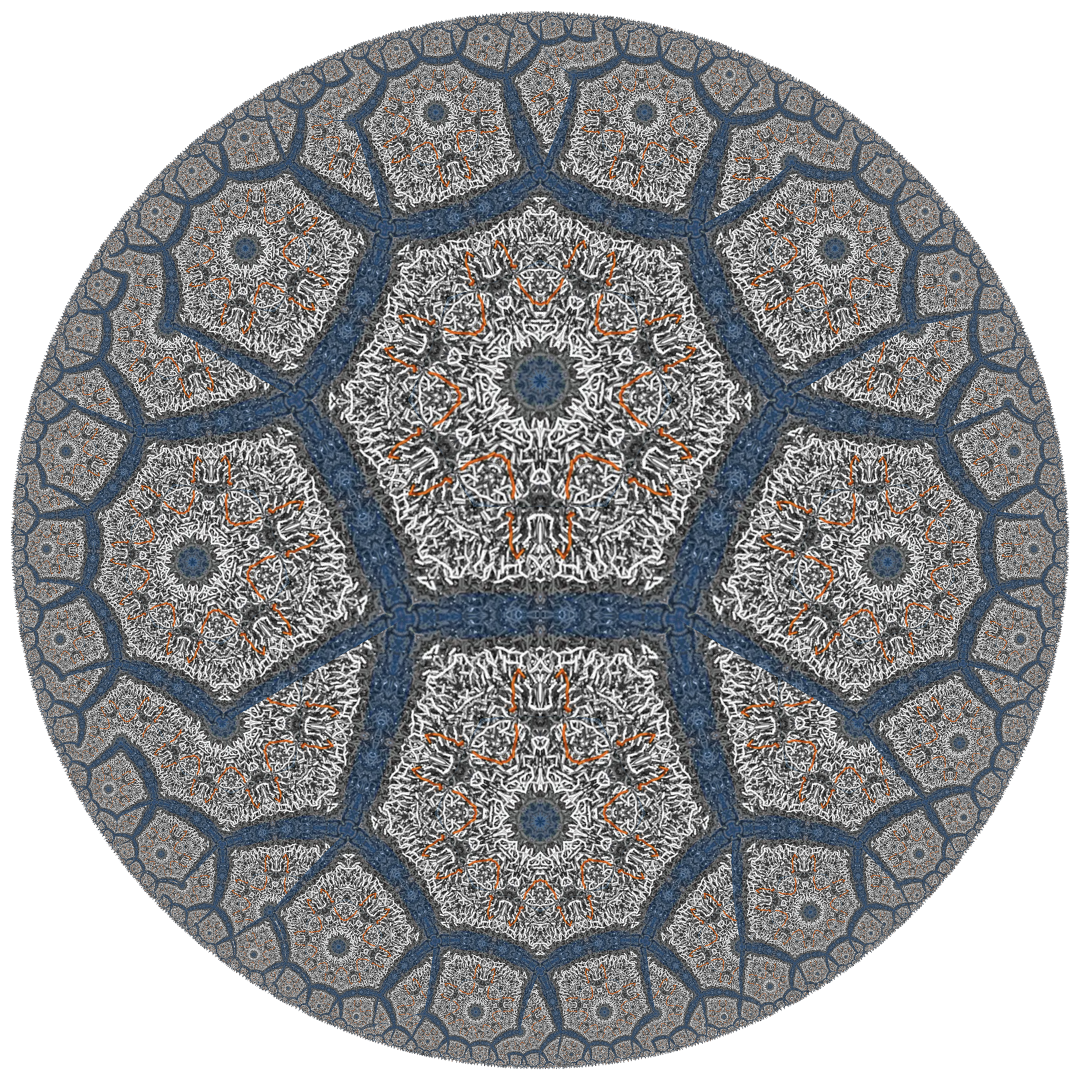Cells are divided into compartments that are specialized for different functions, like the different rooms in a house. Many cell compartments are separated by membranes as a physical boundary.
However, biology also uses compartments without membrane “walls”, so-called membrane-less organelles. Recently it has been discovered that this happens to a much greater extent than we knew.
Such organelles form when macromolecules self-assemble into droplets, like oil drops in a vinaigrette. These droplets of macromolecules can boost or quench biochemical reactions. They can control the diffusion of membrane-bounded vesicles, and therefore act as switches in signalling pathways in our cells.
The macromolecules in the droplets are unstructured, which may be the reason for the relatively little we know about how their function is controlled.
The consortium, BOUNDLESS, has received DKK 14.4 million from the Novo Nordisk Foundation through the Interdisciplinary Synergy Programme.
Mulder and the research team will study how membrane-less organelles control two key biological processes: signalling by kinases and transport of vesicles. These processes are crucial for our body’s ability to adapt to stimuli and their dysfunction leads to many human disorders. They will combine approaches drawn from physics, chemistry, molecular and cell biology to explain how organelles control the signalling that regulates the body’s water balance.
Understanding how these processes are affected by the droplets will pave the way for new classes of pharmaceuticals that modulate protein phase separation. Likewise, understanding how condensates affect enzymes holds great promise for the application of membrane-less organelles in biotechnology.
Project name:
BOUNDLESS Signalling in membrane-less organelles: A new phase in cellular biology
Project periode:
1 April 2021 – 30 June 2026
